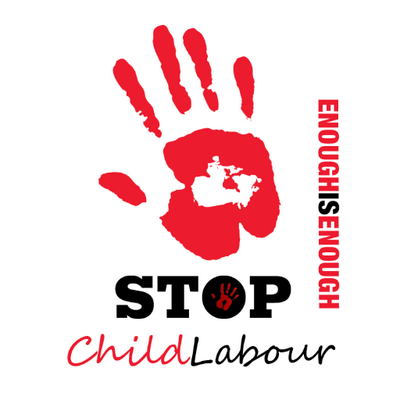There some prevention are as follows which is against the child labour
- There are many social issues of child labour which we have to eliminate from the different countries. Now, it should stop, and we have to follow up the necessary restrictions and rules on the regards of child labour.
- Each and every child should have the priority of the live with all facilities in the independent country. It will be very helpful for the children. If we help to the children and stand against the child labour then, so many children can join the proper schooling. They will get the regular education as well as the sports activity.
- If we will very restrict for solve the problem of child labour, then we would be able to force them better.
- Every country should have this restriction against the child labour. Children will get so much priority when all will stand for help to them.
- There should be awareness among the people to terminate the child labour from India because it can incur in our nearby future. Children are our future of developing country. India mostly depends upon the children of his present age.
- Every family should earn a decent living and good saving for the future of his children, and then children could get a decent life and education. It will be very helpful for their children and then people will not any need to send to his children on the work.
- Every family shall understand his kids for reducing the burden of the families, There are so many reasons in a family for child labour, results in the lesser child, education expenses, etc. they shall help to the reduce this all problems, then no one child will go for child labour.
- Each industrial company and his organizations should increase the employment opportunities for the adult workers; then child labour will replace from this all employees.





